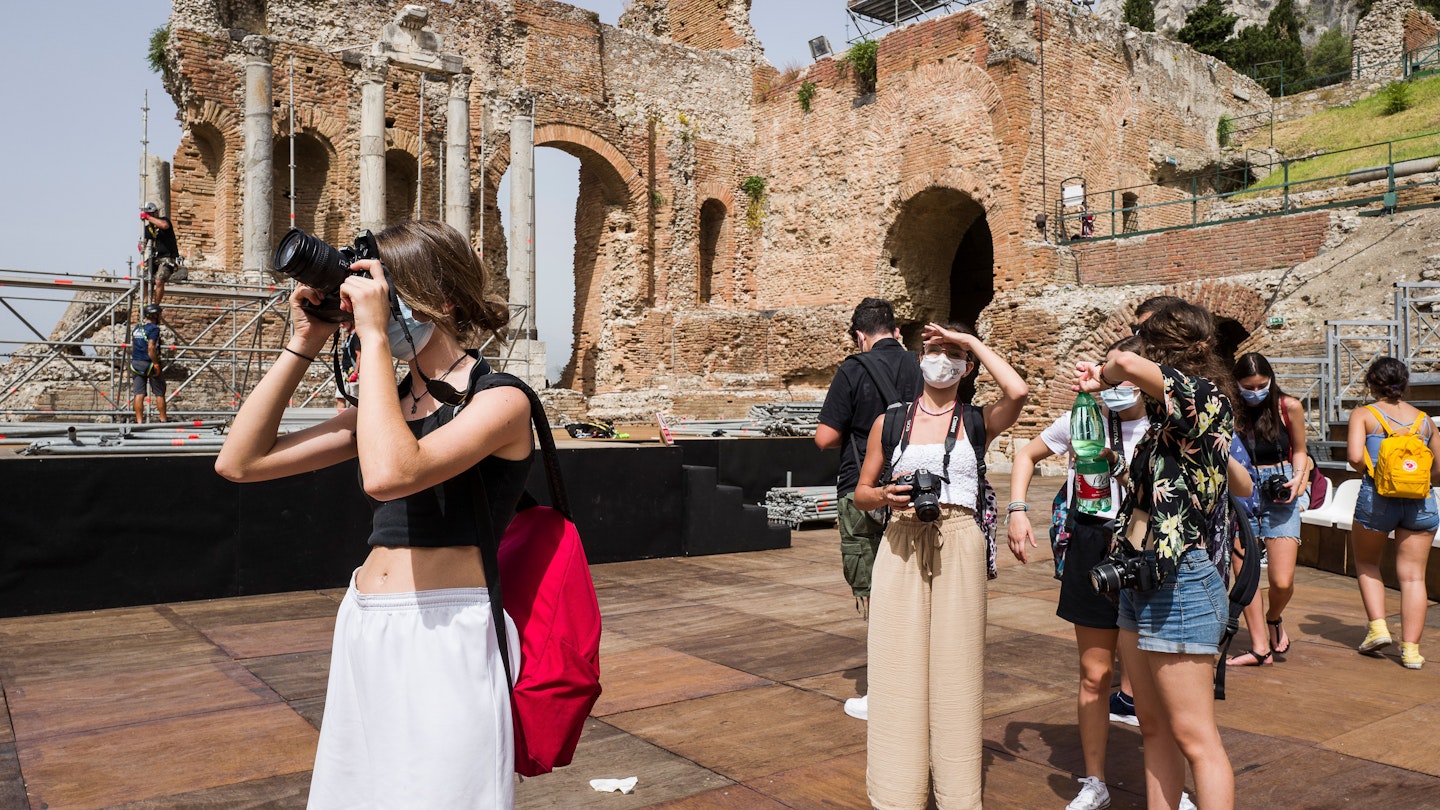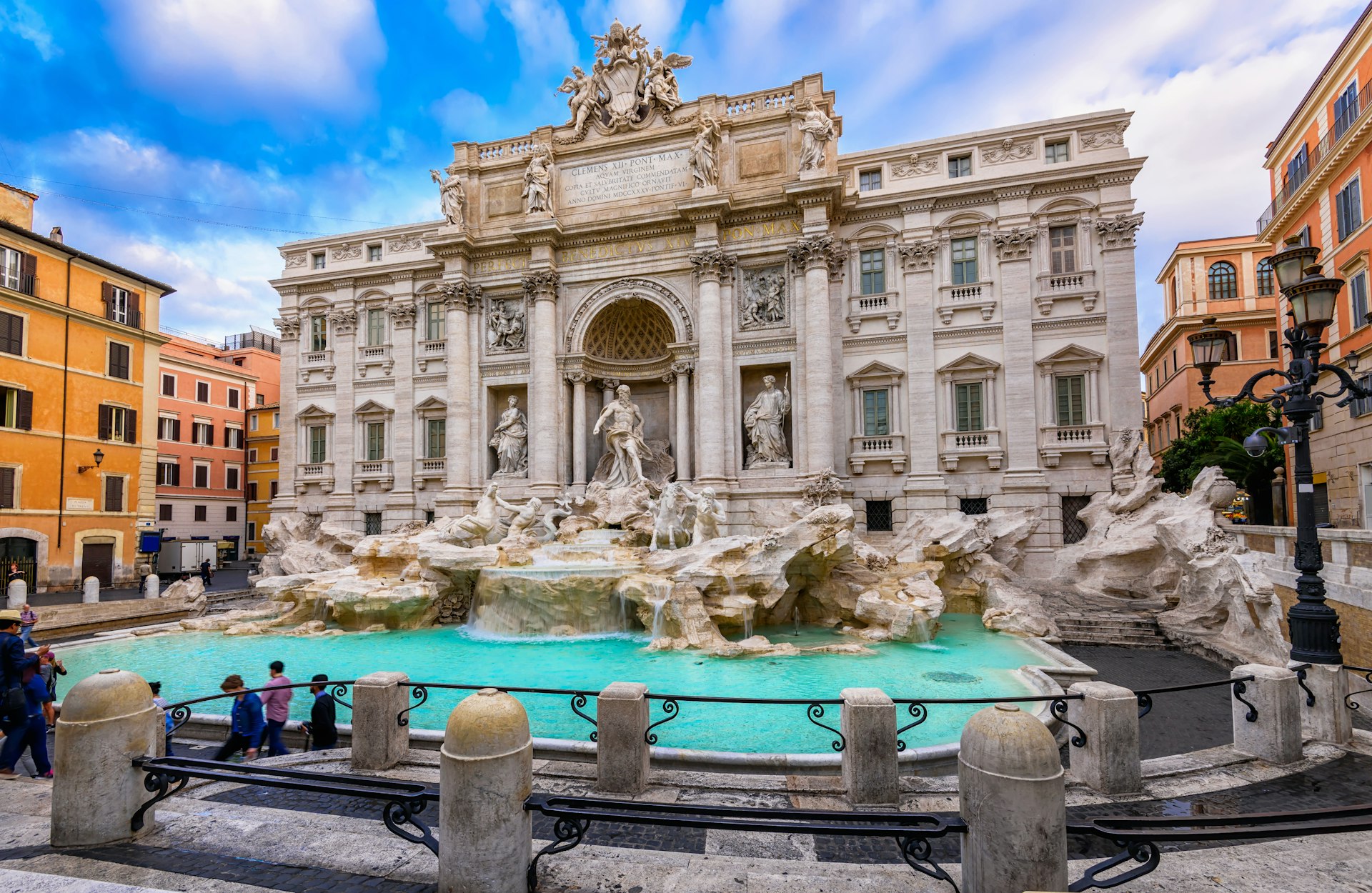

Documentation

What documents are required for EU and non-EU citizens to enter and travel in Italy?
The documentation required to enter Italy varies according to your country of origin:
- for EU citizens and citizens of countries that have signed the Schengen Agreement , a valid identity card is sufficient as an alternative to a passport;
- Citizens from non-EU countries may enter Italy with a passport valid for at least three months after the planned date of departure from the Schengen Area.
Do I need a visa to go to Italy?
When you will need a visa to enter Italy
Depending on your country of origin, you may require a visa to enter Italy. You can request a visa from the Italian Embassy or Consulate in your country of residence and it will generally be issued after 90 days. To find out which countries require a visa to enter Italy, please visit esteri.it . On this website, you can enter your nationality, your country of residence, the duration of your stay (less than or more than 90 days) and the reason for your trip. Remember that once you arrive at the border, the authorities may request documentation justifying your reasons for and duration of your stay in Italy.
If you are staying at a hotel or other accommodation, its manager will fill out a Declaration of Presence for you, which they will then send to the Police Headquarters. However, it is always a good idea to always carry a copy of the Declaration with you, so that you can show it to the police in the event that they want to check.
If you enter Italy from a country outside the Schengen Area, the uniform Schengen stamp , which is affixed to your passport during border control, replaces the Declaration of Presence. If you enter Italy from a Schengen Area country and do not stay in an accommodation facility, you must submit a Declaration of Presence to the Police Headquarters of the province in which you are staying within eight days of entering Italy.
Travel insurance in Italy: tips for a smooth journey
Travel insurance is always recommended: this ensures that you are financially covered in the event of delays or flight cancellations, and you won’t be caught out in the event you experience health problems.
It is always a good idea to keep a screenshot or PDF copy of bookings for flights, hotels or other documents on your phone: this makes it easier to show information if requested.
All you need to know
How to travel to italy, how to get around, phone calls and internet, daily schedules and public holidays, save your favorite places.
Create an account or log in to save your wishlist
Do you already have an account? Sign in
What you need to know about traveling to Italy right now

Aug 23, 2021 • 6 min read

Tourists return to the Teatro Antico in Taormina, Sicily as Italy relaxes border and domestic restrictions © Fabrizio Villa/Getty Images
Italy has gradually relaxed border controls and most restrictions as travelers return to one of the world's most popular destinations. And while there are plenty of new attractions to enjoy, from newly-opened secret tunnels in the Colosseum to recent discoveries in Pompeii , it isn't business as usual. Italy is still in a state of emergency and some pandemic-related restrictions apply, including the requirement of a green pass to enter indoor venues and large events.
With the ongoing threat of the Delta variant, travelers are warned that increased measures could be enforced with little notice. If you're planning a trip to Italy this year, here's what you can expect.
Can I travel to Italy from the EU?
Italy has adopted the EU digital COVID certificate which facilitates the return of free movement across the bloc. It's a digital or paper certificate that indicates the holder meets the conditions for travel: is fully vaccinated (the last dose administered at least 14 days before departure), or has recovered from COVID-19, or holds a negative COVID-19 result from a PCR or antigen test taken within 48 hours of travel.
Read more: Planning your perfect trip to Italy's Amalfi Coast
You will need to present this cert to enter Italy, regardless of where you are traveling from in the EU. That's because Italy does not classify risk areas in accordance with the EU's recommendations and currently no country is classified as low risk. So even if you are coming from an EU country that is classified green (low risk) in the European Center for Disease Prevention and Control’s traffic light system, you are still required to present a digital COVID cert to travel to Italy.

Can I travel to Italy from a non-EU country?
Italy applies border restrictions on travelers depending on the COVID situation in the country they are departing from. Most countries are on the C and D list and quarantine restrictions apply to all of them except for the US, Canada, Japan and Israel . People arriving from those countries are permitted to skip quarantine provided they present proof of vaccination, proof of recovery from COVID-19, or a negative result from a test taken no more than 72 hours before traveling to Italy, using official vaccination or medical documents issued in either of those countries.
Those arriving from the UK will have to undergo a five-day quarantine upon arrival with mandatory testing until at least August 30.
Entry restrictions for individual countries can be found here .

What vaccines does Italy accept?
Italy requires that travelers are fully vaccinated with both doses of an EMA-approved vaccine: Pfizer, Moderna, or AstraZeneca; or with the one-shot Johnson & Johnson vaccine.
Do children need to be vaccinated to enter Italy?
Children under six-years-old are exempt from all vaccine, testing or quarantine requirements in Italy. However, children between the age of six and 18 are required to present a negative COVID-19 test result before arrival.
What else is required?
All arrivals are required to fill in a passenger locator form before arrival, regardless of their COVID status or point of departure.

Do I need a green pass in Italy?
Yes, if you want to enjoy most of Italy's cultural attractions, you'll need a green pass. The pass proves that the holder has been vaccinated, has recovered from COVID-19 or has recently tested negative for the virus. People need to present it to enter indoor spaces such as museums, football stadiums, gyms, theme parks, spas, swimming pools and theaters. It's also required to sit indoors at bars and restaurants; and from September 1, it will be required to board public transport in Italy.
Anyone traveling from another EU country, can present their EU digital COVID cert wherever the green pass is required. People traveling from a Schengen Zone country can present their official health documents too.
The Italian government confirmed that it will accept official COVID documents that were issued in Canada, the US, the UK, Japan and Israel from tourists too in place of a green pass. This was later extended to cover all official vaccination certificates that are compliant with Italian or EU guidelines. In order for it to be accepted in lieu of the green pass, the certificate must be in Italian, English, Spanish or French and contain the following information: type of vaccine (Pfizer, Moderna, J&J or AstraZeneca), date of doses and lot number, as well as the person's name and the name of the medical authority issuing the certificate.However, despite the guidelines, some tourists have reported difficulty with having their certificates accepted at venues.
If you're not vaccinated, you'll need to be tested via a PCR or antigen test within the previous 48 hours.
Read more: Italy has expanded the use of it 'green pass' - here's what travelers need to know
Can I get tested in Italy?
Many countries, including the US, require passengers to present a negative COVID-19 test result before boarding their flight home from an international trip. Fortunately, tests are widely available across Italy in pharmacies, labs and testing centers. Antigen tests cost approximately €20, while PCR tests are generally around €65.
The Red Cross has pop-up testing sites in train stations across Italy , including Roma Termini, Milano Centrale, Venice Santa Lucia and Florence Santa Maria Novella for antigen tests. On-site testing is available at Italy's major airports too, and most offer both antigen and PCR tests but check the website of the airport you are traveling through in advance for details.
Read more: Italy visa requirements
What's open in Italy?
Italy is home to many of the world's greatest works of art, architecture and gastronomy, and has more Unesco World Heritage cultural sites than any other country. Among its popular attractions are Pompeii , where visitors can walk in the footsteps of ancient Romans, and Ravenna , home to glittering Byzantine treasures. The gondolas of Venice take in the famous Rialto Bridge , while Rome is home to St Peter's Basilica, the Vatican Museums and the Colosseum, as well as the iconic Trevi Fountain.
Thankfully, you can experience these sites with relative ease as all Italian regions are now classified as "white zones". Italy classifies its regions into colored areas based on the epidemiological risk; different restrictions apply, depending on the color. White zones are very low-risk zones. Most restrictions have been lifted but social distancing guidelines remain in place in public areas, as do mask requirements in crowded outdoor places, on public transport and in indoor public spaces.
Indoor dining has returned to Italy's restaurants, cafes, bars, ice-cream parlours and pastry shops. Some capacity limits apply but the general rule is no more than six people per table. Anyone who wishes to eat inside will need to show proof of vaccination, recovery from COVID-19 or a recent negative test. Hotels, spas and swimming pools are open, as well as beaches but visitors must keep at least one meter apart when setting up towels, deck chairs or umbrellas.
Museums and cultural attractions are open for walk-ins with capacity limits Monday to Friday and for those with pre-booked tickets on weekends. Cinemas, theaters and concert halls are generally open at 50% capacity. Again, remember to bring your vaccination card if you're planning to visit any museum or cultural attraction in Italy.
For a full breakdown of restrictions per region, see here .
This article was first published on May 5 and updated on August 23, 2021.
You might also like:
Eat Italy: learn about Italian food culture with Lonely Planet's new book 12 essential places to visit in Italy The 10 best beaches in Italy
This article was first published May 2020 and updated August 2021
Explore related stories

May 16, 2022 • 4 min read
The policy changes on May 16, but there are still many countries who require passengers to keep masks on during flights.

May 10, 2022 • 4 min read

May 4, 2022 • 3 min read

Apr 29, 2022 • 2 min read

Apr 22, 2022 • 3 min read

Mar 31, 2022 • 9 min read

Feb 24, 2022 • 2 min read

Feb 18, 2022 • 3 min read

Feb 3, 2022 • 3 min read

Jan 18, 2022 • 7 min read

IMAGES
VIDEO